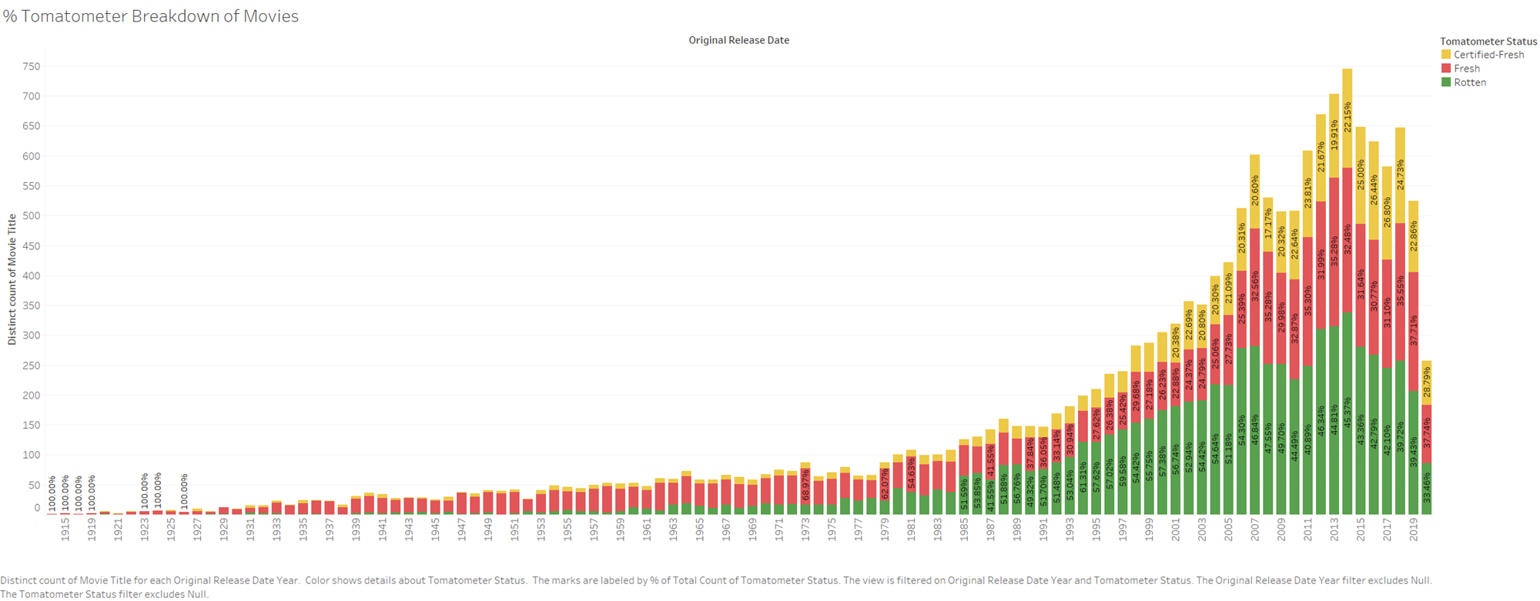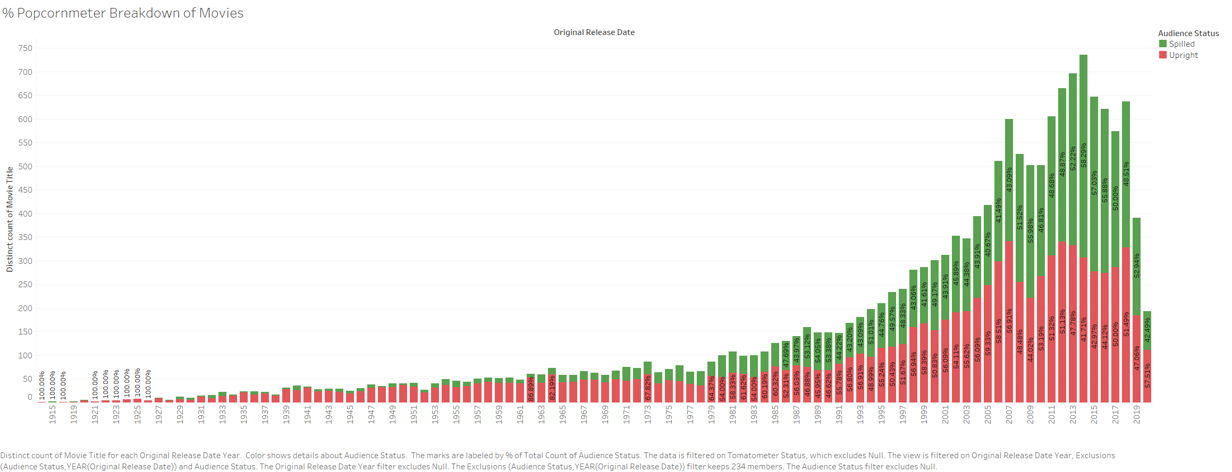
“But you have heard of me”
— Captain Jack Sparrow
The timeless adage “There is no such thing as bad publicity” within this quip underscores the fundamental principle of the film industry: visibility. Yet, one must question whether this principle holds true in the context of the modern era. Has the pursuit of entertainment remained the primary objective of contemporary filmmaking, or has it been overshadowed by evolving priorities ?
mediocrity
mediocrity
mediocrity
mediocrity
pROPOSITION
Is there an intentional growth of “safe movies” ?
Safe Movies: Films that aim for minimal appeal amongst the publicIMpact
Illustrates how modern blockbusters prioritizes the avoidance of failure over creative risks.
Highlights how movies, despite ever growing, is degenerating into a lost artform
Reveals the scope of convergence, where individualization is sacrificed for uniformity of expression
mETHODOLOGY
Tableau and Microsoft Excel will be the primary tools used for the derivation of potential trends to garner insights of such trends and explore their impacts.
This dataset was sourced from Kaggle
Notable facts:
Data was mass scraped from Rotten Tomatoes, last scrape from Oct 31, 2020
Due to this, data post 2019 was disregarded as the time restriction may have led to inconsistency.
Under “Discussion”, a user made a post complaining about the amount of duplicates - citing 119,471. I failed to find these many duplicates. However, there was some missing data on the CSVs - marked as “null” in Tableau, although marginal I did filter them out.
dATA sOURCE
Rotten Tomatoes is a popular film review website, allowing both certified critics and general public rate and write out personalized reviews of the film. Rotten Tomatoes utilizes two main rating systems, the Tomatometer and Popcornmeter, quantifying the appeal of the film based on critic and audience reviews respectively.
The Tomatometer does not represent an aggregated numerical score reflecting critics’ evaluation of a film; rather, it captures the consensus of favorability among critics For example, if the Tomatometer for a certain film is 99%, it does not mean that overall critics rated it as a well polished 99% film, in actuality it means that 99% of critics have liked the film and scored it positively. Now this leads to arbitrariness as there is no distinction between a critic who rated the movie 60% and the other a 90% as both would be indiscriminately categorized as a “positive” review in spite of the clear disparity of evaluation.
The Popcorn meter operates in the same manner as the Tomatometer but utilizes the aggregation of the audiences’ score
Contextualization
TOMATOMETER
-
A Tomatometer rating of at least 70% with a set amount of reviews (80 for wide-release, 40 for limited release, and 20 for TV shows). 5 of which must be from Top Critics, who are verifiable frequent reviewers with backing
-
A Tomatometer rating of at least 60%
-
A Tomatometer rating less than or equal to 59%
-
if not enough reviews, a greyed-out tomato icon is used as a placeholder until enough reviews are accumulated and assessed.
*Grey was not part of the data scrape
! D I S C L A I M E R !
The systematic use cases of the popcorn meter being “Verified Hot”, “Fresh”, “Stale”, and “Grey” were instead replaced by UPRIGHT and SPILT. UPRIGHT being the use case for both “Verified Hot” and “Fresh” while SPILT being “Stale”.
-
when at least 60% of users give a movie or TV show a star rating of 3.5 or higher
-
When less than 60% of users give a movie or TV show a star rating of 3.5 or higher
-
when the title has not been released or there are not enough reviews to generate an Audience Score
*Grey was not part of the data scrape








